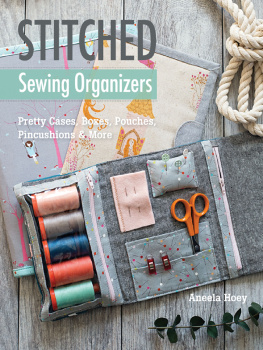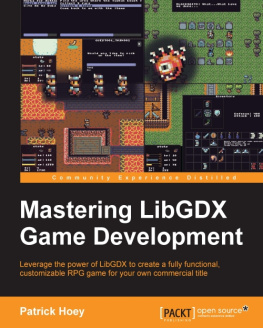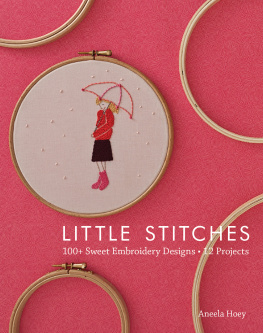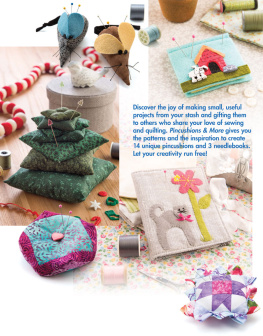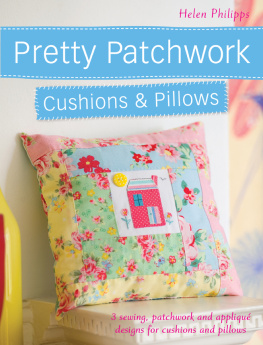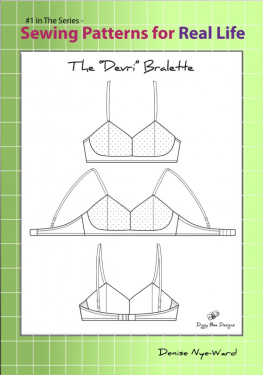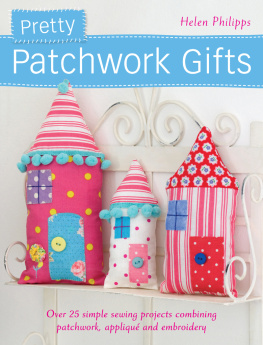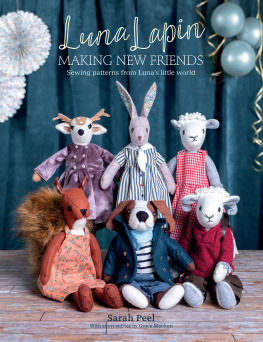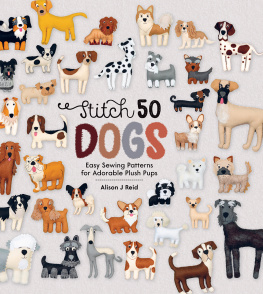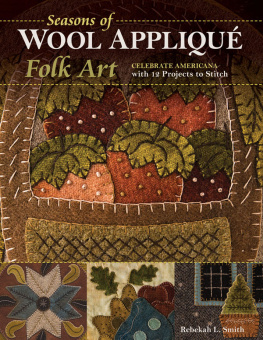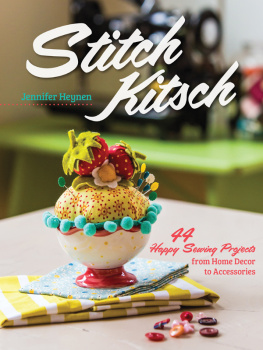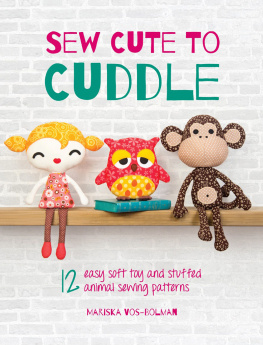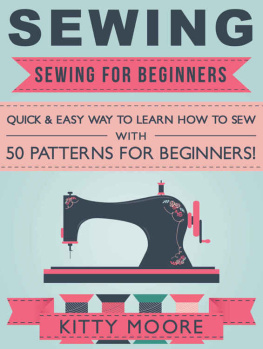Publisher: Amy Marson
Creative Director: Gailen Runge
Editor: Lynn Koolish
Technical Editor: Julie Waldman
Cover/Book Designer: Page + Pixel
Production Coordinator: Zinnia Heinzmann
Production Editors: Jennifer Warren and Jeanie German
Illustrator: Aneela Hoey
Photo Assistants: Carly Jean Marin and Mai Yong Vang
Style photography by Lucy Glover and instructional photography by Diane Pedersen of C&T Publishing, Inc., unless otherwise noted
Published by Stash Books, an imprint of C&T Publishing, Inc., P.O. Box 1456, Lafayette, CA 94549
Acknowledgments
With thanks to all of the following:
To my good friend Pennie Haslehurst, who listened intently (and endlessly), providing valuable insight during the book-writing process.
To my daughters, for keeping me amused with your thoughts and wisdom and for all your feedback on everything I do.
To my husband, PJ, who let me turn the biggest room in our house into my sewing den / workroom / play space (even if it was just to stop my sewing machine from drowning out the sounds of the TV).
To Roxane Cerda and Amy Marson, who supported all my ideas for this book from the start and throughout the process. To Lynn Koolish and Julie Waldman, for helping all my words make much more sense.
To Alex Veronelli, Erin Sampson, Kim Niedzwiecki, Nichole Ramirez, and Paula Powers for your support and encouragement during the book-writing process.
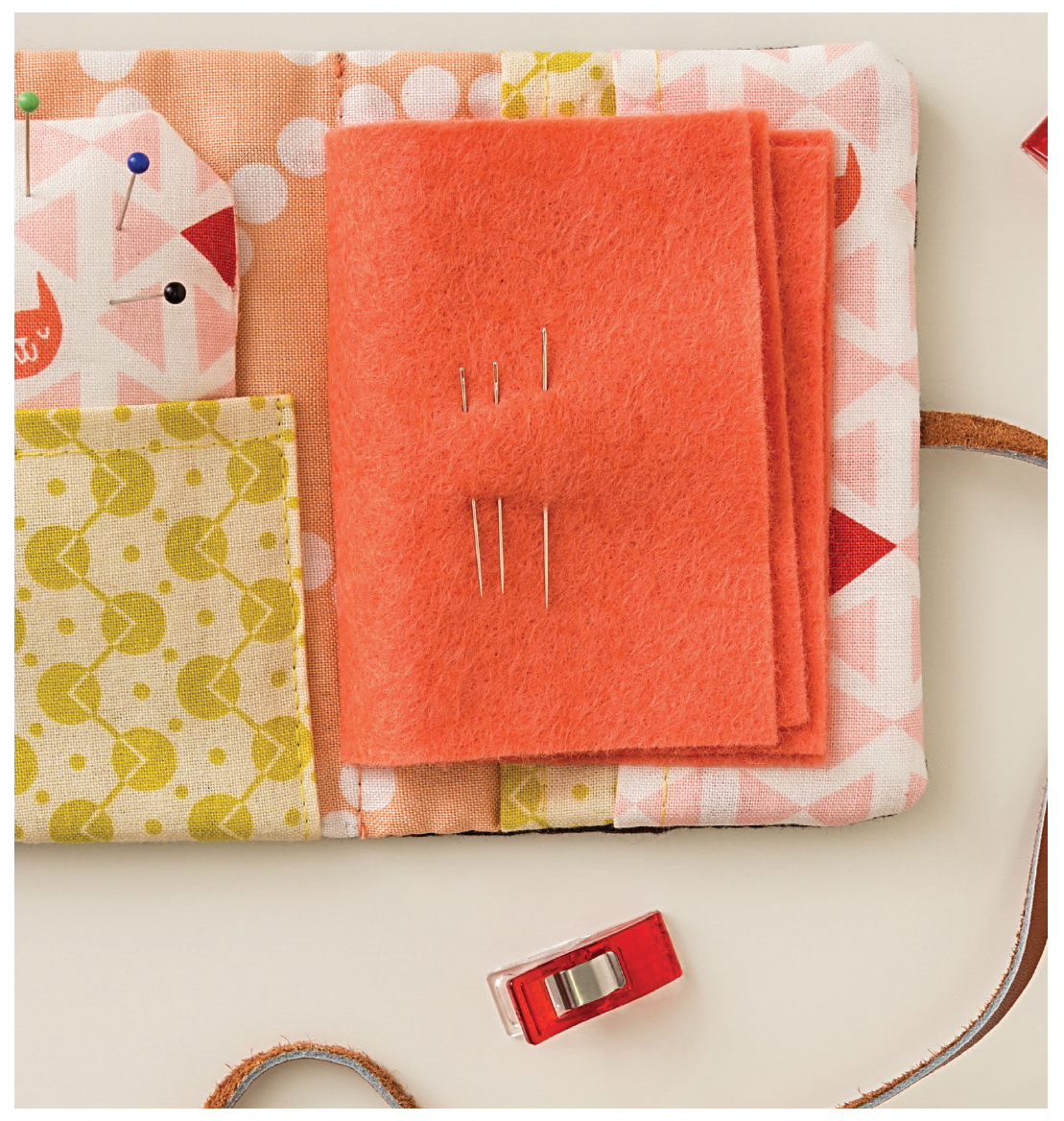
INTRODUCTION
Being able to organize my collections of sewing paraphernalia in a way that inspires me to sew gives me plenty of reasons to create more and more versions of these organizers.

I have become addicted to making sewing pouches over the last few years. I think it is the combination of being able to create something both stylish and at the same time practical that makes them a popular choice to sew. Like many sewists, I seem to endlessly accumulate a vast array of sewing accoutrements, implements, and gadgets. Im not sure how it happens, but everything always looks so useful! Being able to organize my collections of sewing paraphernalia in a way that inspires me to sew gives me plenty of reasons to create more and more versions of these organizers.
Although these projects were created with sewing in mind, they would work wonderfully for organizing a variety of other crafts, including knitting and scrapbooking. They could also be used for travel or stationery items.
Some Ideas for Using the Projects in This Book

The Fabric Boxes are perfect for storing all manner of threads, pins, binding clips, and the like within reach while you are at your sewing machine.
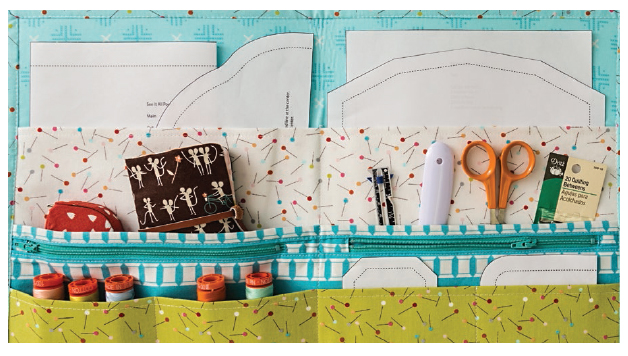
The Book and Tool Folio is the ideal way to store this book, along with copies of any templates you make, for future use.

Use the Fold-Up Sewing Folio when you want to keep supplies together while hand sewing. It works perfectly for hand binding, English paper piecing, appliqu, or embroidery. The Handy Fold-Up Pouch can be stored inside the vinyl pocket to keep smaller items together.
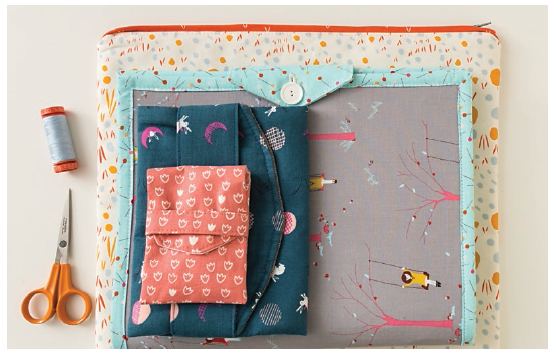
The Big Zip Pouch is ideal for keeping the different components of a project in progress together in one place. It works well for appliqu, paper piecing, embroidery, and more. Throw in the Fold-Up Sewing Folio or Book and Tool Folio to keep sewing notions handy.
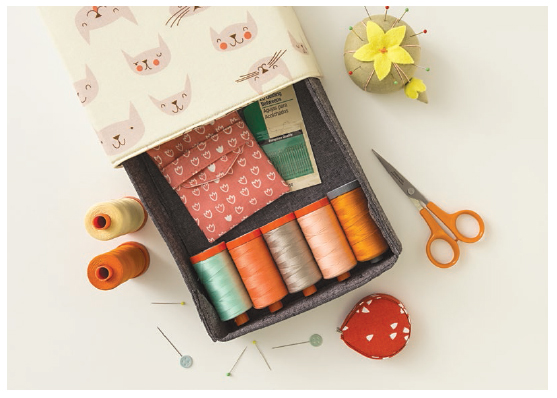
The Sliding Box is excellent for keeping together collections of sewing notions such as threads, flosses, templates, and more.
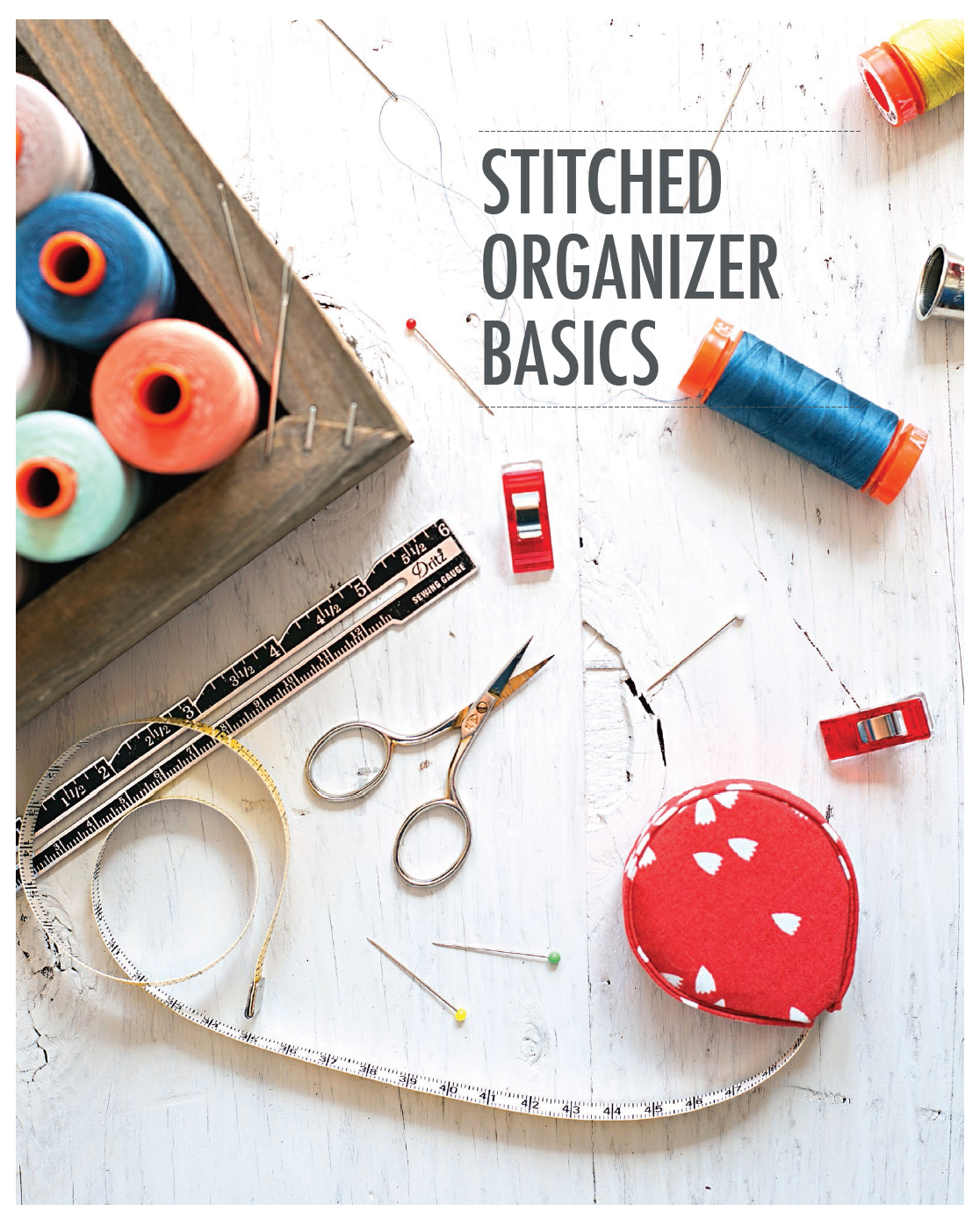
MATERIALS AND SUPPLIES
Following is a selection of the basic materials youll find useful to have on hand when making sewing cases and pouches.
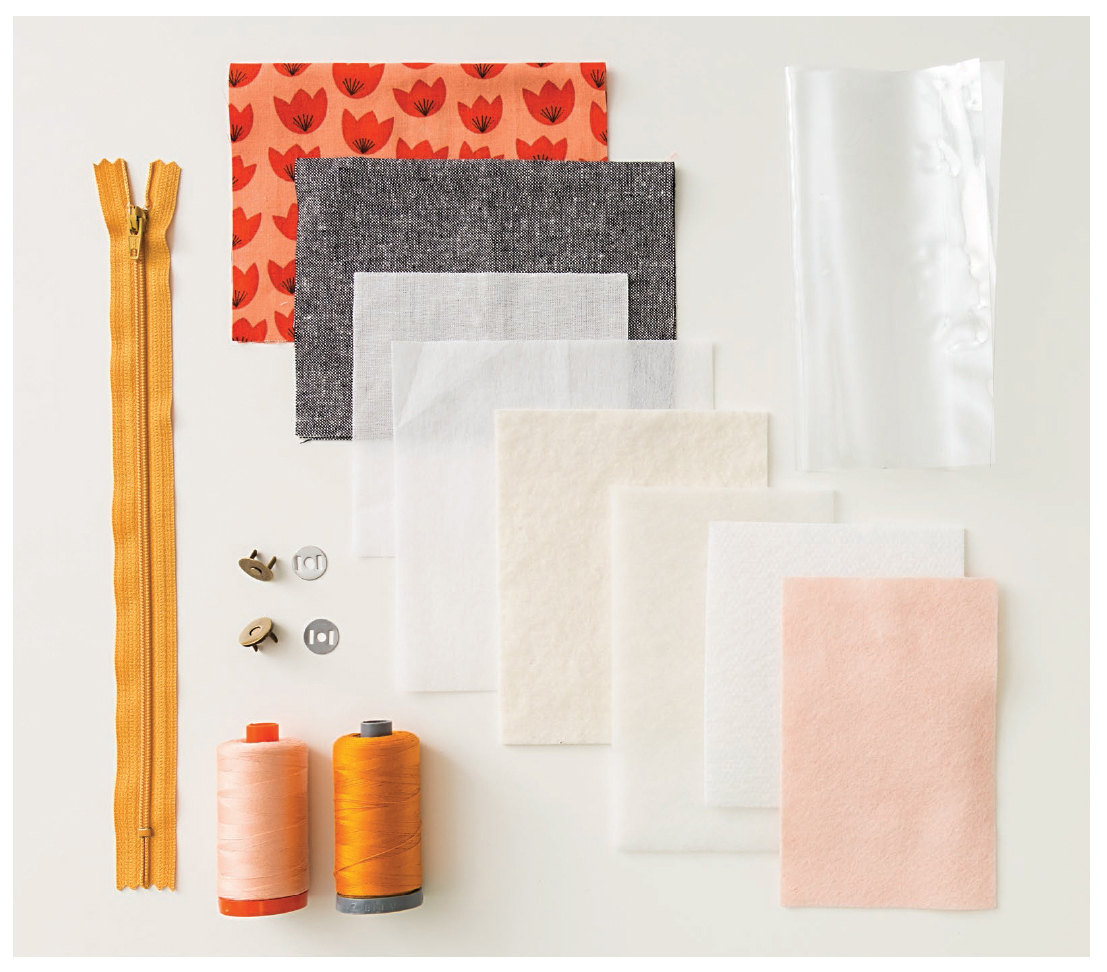
Fabric
For best results, use the best fabric. Good-quality quilting cottons are ideal. They not only come in a huge array of designs and pretty colors, but they will also last and wear well. I also like to use Essex Yarn Dyed linens, which complement the print designs perfectly. Manufactured by Robert Kaufman Fabrics, these solids have a great texture and are the perfect weightnot too heavy. These can be exchanged for quilting cottons in any of the projects.
Interfacings
Due to the robust nature of the projects in this book, using the right interfacing is very important for both the finished look and the usefulness of the finished item. My way of looking at interfacing is that it allows you to give additional weight and stability to your chosen fabric while still retaining its soft and smooth characteristics. In putting together these patterns, I have tried and tested different combinations of interfacing to find out what works best for each project. To ensure that your projects turn out like the ones in the pictures, always use the interfacing as recommended. Following is a brief explanation of the different types used in this book. Ive included brand names and product reference numbers so that you can be sure to end up with the correct interfacing, especially if you are buying online, where all interfacing photos look the same.
WOVEN FUSIBLE INTERFACING
My favorite woven fusible interfacing is Pellon SF101 Shape-Flex. It is 100% cotton and a good general-purpose interfacing to use in sewing projects. It gives strength and robustness when fused to fabric, while keeping the fabric surface perfectly smooth. Because it is woven, it behaves and drapes just like fabric and doesnt create a crinkled and creased look, as nonwoven interfacings can.
MEDIUM-WEIGHT FUSIBLE INTERFACING
More heavy-duty than the woven interfacing, medium-weight fusible interfacing provides additional stability. I most often use it in addition to Pellon SF101 Shape-Flex when I need a bit more durability in projects. Make sure to buy medium-weight craft interfacing; Pellon 809 Dcor-Bond is the one I regularly use.
BATTING
If you are a quilter like me, you will always have a supply of batting scraps. Batting works well as an interfacing when you need to add a little more body to a project. To use batting, either quilt it to the fabric or use a fusible tape to attach it before sewing.
FUSIBLE FLEECE
Fusible fleece is a great alternative to batting, with the added bonus of being fusible. This means it can be cut minus the seam allowance and fused to the fabric pieces, adding body without bulky seams. It is available in low, medium, and high loft (thickness). A low-loft fleece, such as Pellon 987F Fusible Fleece, works perfectly for pouches.
Next page
